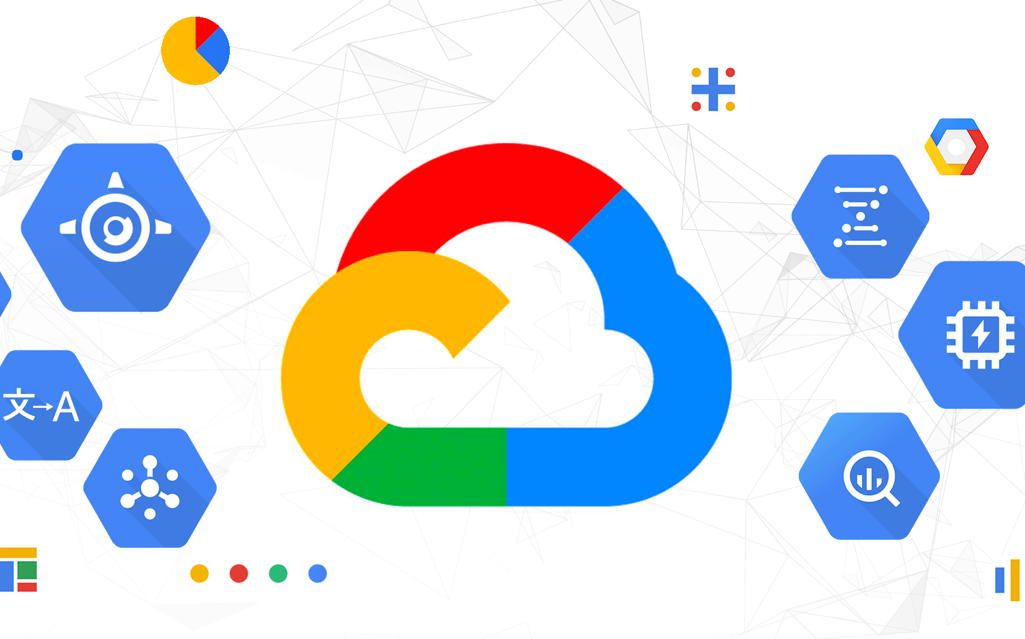Google revealed a variety of solutions and changes across its product and service stack at its Cloud Next event, aiming to give developers and technical decision-makers of all skill levels more control.
The emphasis was on offering the most powerful open data cloud, but the firm didn’t just highlight its product advancements. It also provided a preview of where they’re going.


1. Design that is neuro-inclusive will stand out.
Google’s head of developer relations and vice president of developer X Jeanine Banks asserted that a neuro-inclusive design approach will stand out. By the end of 2025, she predicted, user adoption will have increased five-fold for developers that begin their projects with an emphasis on neuro-inclusiveness, creating with simplicity and removing distractions.
Seven principles, according to Banks, will be crucial for achieving this degree of accessibility: balance, proportion, unity, light, color, space, and patterns.
2. Adoption of curated open source on a large scale
Four out of five developers will adopt curated open source, which will add a degree of accountability to today’s free or “as-is” open source, according to Eric Brewer, VP of infrastructure and Google fellow. As part of its Assured Open Source Software (AOSS) business, the internet behemoth already provides selected open source.
3. Automated SecOps Processes
Iman Ghanizada, Google’s worldwide manager of autonomous security operations, predicts that by the end of 2025, up to 90% of security operations workflows will be automated and handled as code. This will be accomplished by Google using services like Community Security Analytics and Chronicle to enable continuous detection and reaction.
4. A four-day workweek powered by AI
Iman’s prediction was followed by that of Kamelia Aryafar, senior director of engineering at Google Cloud AI, who asserted that the main impetus for the shift to a four-day workweek will be artificial intelligence (AI). She stressed that advances in AI, like Google’s Vertex AI, will automate jobs and allow teams to do the work of five days in just four.
5. The majority of data will be used in real-time
By the end of 2025, according to Irina Farooq, analytics product leader at Google Cloud, 90% of all data will be actionable in real-time. With innovations like Dataplex (which automates data administration and governance, unifies distributed data, and supports unstructured data), support for Apache Spark on BigQuery, and support for unstructured data, she claimed that Google is making it possible.
6. No distinction between transactional and analytical processes
Transactional and analytical database workloads have existed separately for a long time. But according to Andi Gutmans, vice president and general manager of databases at Google, these obstacles will vanish by the end of 2025. Spanner, Cloud SQL, BigTable, and AlloyDB, among other Google Cloud services, will play a part in making that happen, according to him.
7. Cloud infrastructure decisions are made automatically
In the next three years, more than half of cloud infrastructure choices, according to Amin Vahdat, VP and GM of systems and services infrastructure at Google, will be automated. According to him, this change will depend on the usage patterns, scale, and performance requirements of a company.
8. Priority will be given to sustainability
Steren Giannini, group product manager at Google, expects that things will soon change with sustainability taking the lead. For a long time, developers have concentrated on creating projects and apps with a focus on security, dependability, and performance. He points out that up to three out of every four developers will use sustainability as the main guiding element for their initiatives. To this goal, Google provides a carbon footprint calculator to assess how using the cloud affects sustainability.
9. The effects of multi-cloud
As a result of multi-cloud features offered on the market, such as Anthos and BigQuery Omni, Richard Seroter, director of DevRel and outbound product management, predicts that more than half of all enterprises using the public cloud will switch their primary cloud provider.
10. It will all be low-code/no-code
Last but not least, Jana Mandic, a Google engineering manager, predicted that no-code and low-code will dominate businesses in the upcoming three years. In the future, she said, more than half of all commercial applications will be created by people who do not identify as professional developers. Notably, Gartner also expects that by 2025, more than 70% of new apps will be powered by low-code/no-code technologies.




